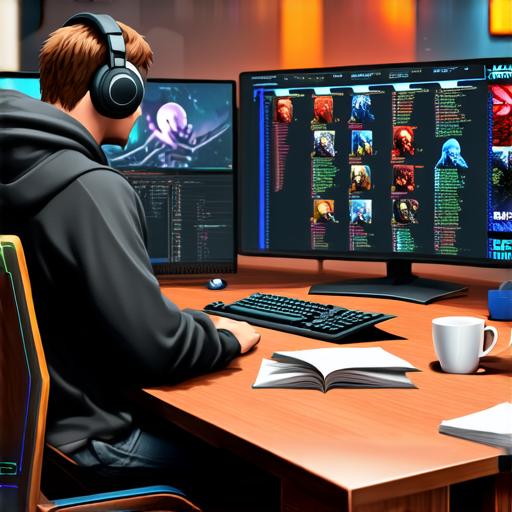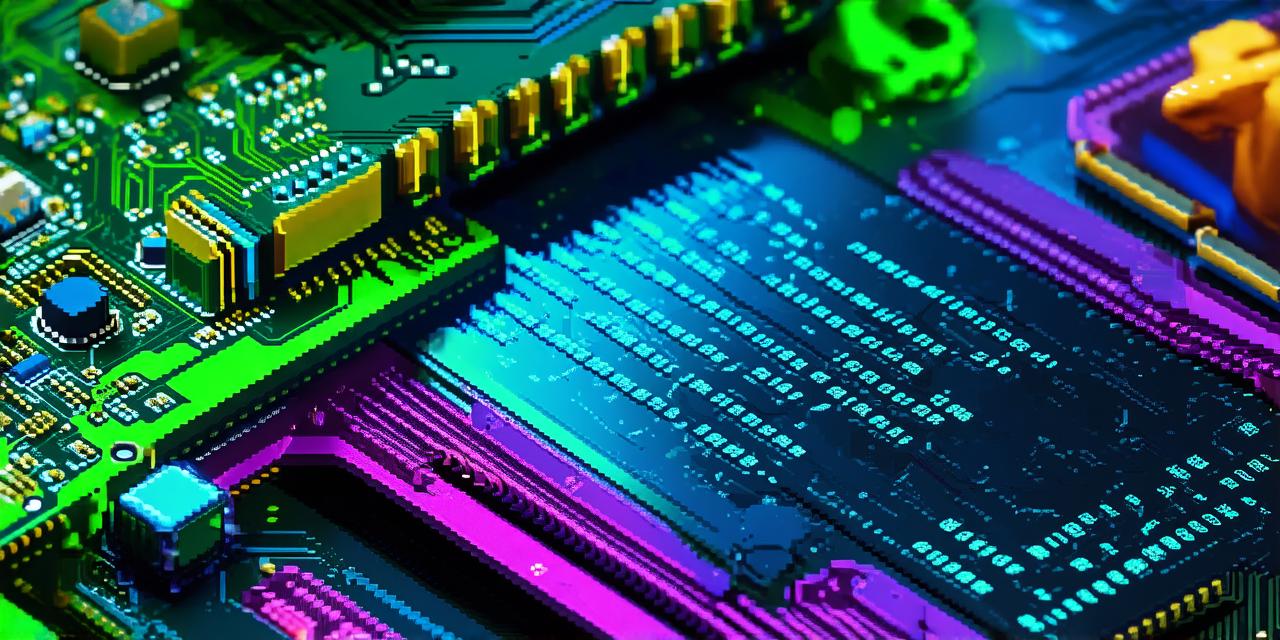Introduction
Developing a video game can be an exciting and rewarding process, but it also requires a great deal of planning, creativity, and technical knowledge. Whether you are a beginner or an experienced developer, this guide will provide you with the information you need to create a successful game. In this article, we will discuss the key steps involved in developing a video game, as well as some tips and best practices for ensuring its success.
Step 1: Define Your Concept
The first step in developing a video game is to define your concept. This means deciding on the genre, setting, and gameplay mechanics of your game. It is important to have a clear idea of what your game will entail before you start the development process, as this will help you stay focused and on track.
When defining your concept, it is essential to consider your target audience. Who do you want to reach with your game? What types of games are popular among your target audience? Understanding your audience will help you create a game that resonates with them and maximizes its potential for success.
Case Study: “Minecraft”
One example of a successful game that was developed based on a clear concept is Minecraft. The creators of Minecraft, Markus Persson, had a specific vision in mind when they started developing the game. They wanted to create a sandbox-style game where players could build and explore in a virtual world. This concept appealed to their target audience, which was primarily young people who enjoyed playing games that allowed them to be creative and express themselves.
Step 2: Plan Your Development Process
Once you have defined your concept, it is time to start planning your development process. This involves breaking down the project into smaller tasks, such as designing characters, creating levels, and programming game mechanics. It is important to create a timeline for each task and establish milestones that you will use to track progress.
It is also important to consider the resources you will need to develop your game. This includes hardware, software, and personnel. You may need to invest in specialized equipment or hire additional developers to help with certain tasks. It is essential to plan for these costs and factor them into your timeline.
Case Study: “Portal”
The development process for Portal, a popular puzzle-solving game, was carefully planned from the start. The creators at Valve Software spent several years brainstorming and prototyping before they started developing the game in earnest. They broke down the project into smaller tasks, established a timeline, and allocated resources effectively. This approach helped them create a game that was both challenging and fun for players.
Step 3: Create Your Game World
One of the key elements of any video game is its world. This includes the environment, characters, and objects that players will encounter in the game. It is important to create a world that is visually appealing, immersive, and engaging for players.
When creating your game world, it is essential to consider the gameplay mechanics and how they will interact with the environment. For example, if your game involves combat, you will need to design enemies and weapons that are balanced and challenging for players. You will also need to create a variety of environments that offer different challenges and opportunities for exploration.
Case Study: “The Legend of Zelda: Breath of the Wild”
The creators of The Legend of Zelda: Breath of the Wild spent years designing their game world, which is filled with diverse landscapes and creatures. They created a system that allowed players to explore and discover new areas at their own pace, which helped create a sense of immersion and engagement. They also included a variety of puzzles and challenges that required players to use their skills and creativity to overcome them.

Step 4: Program Your Game Mechanics
Once you have designed your game world, it is time to start programming your game mechanics. This includes writing code for character movement, combat, AI behavior, and other key features of the game. It is important to write clean, efficient, and well-documented code that is easy to understand and maintain over time.
When programming your game mechanics, it is essential to test and debug your code regularly. This will help you catch any bugs or issues before they become major problems that could impact the player experience.



